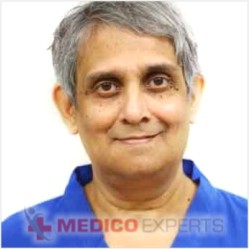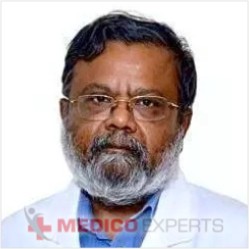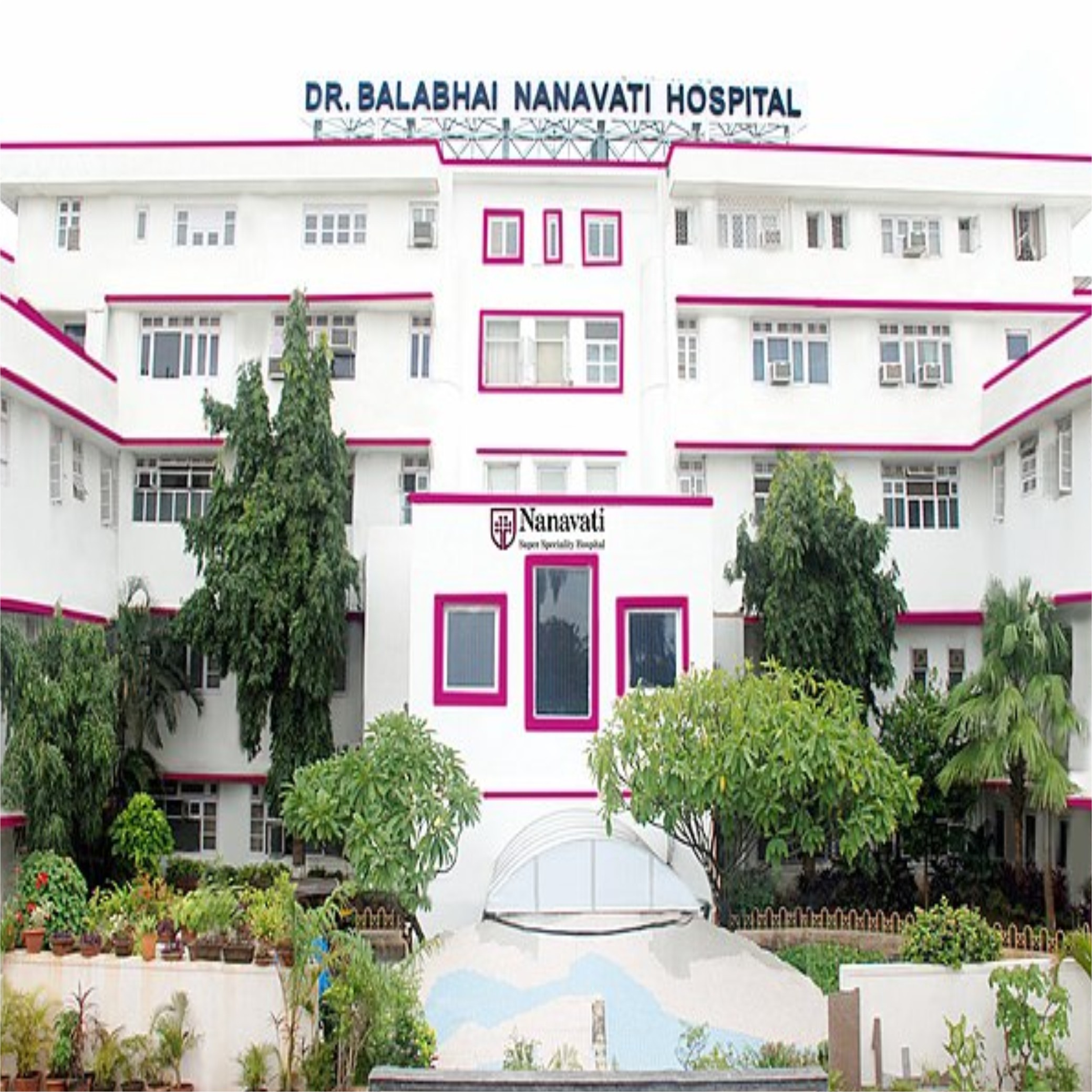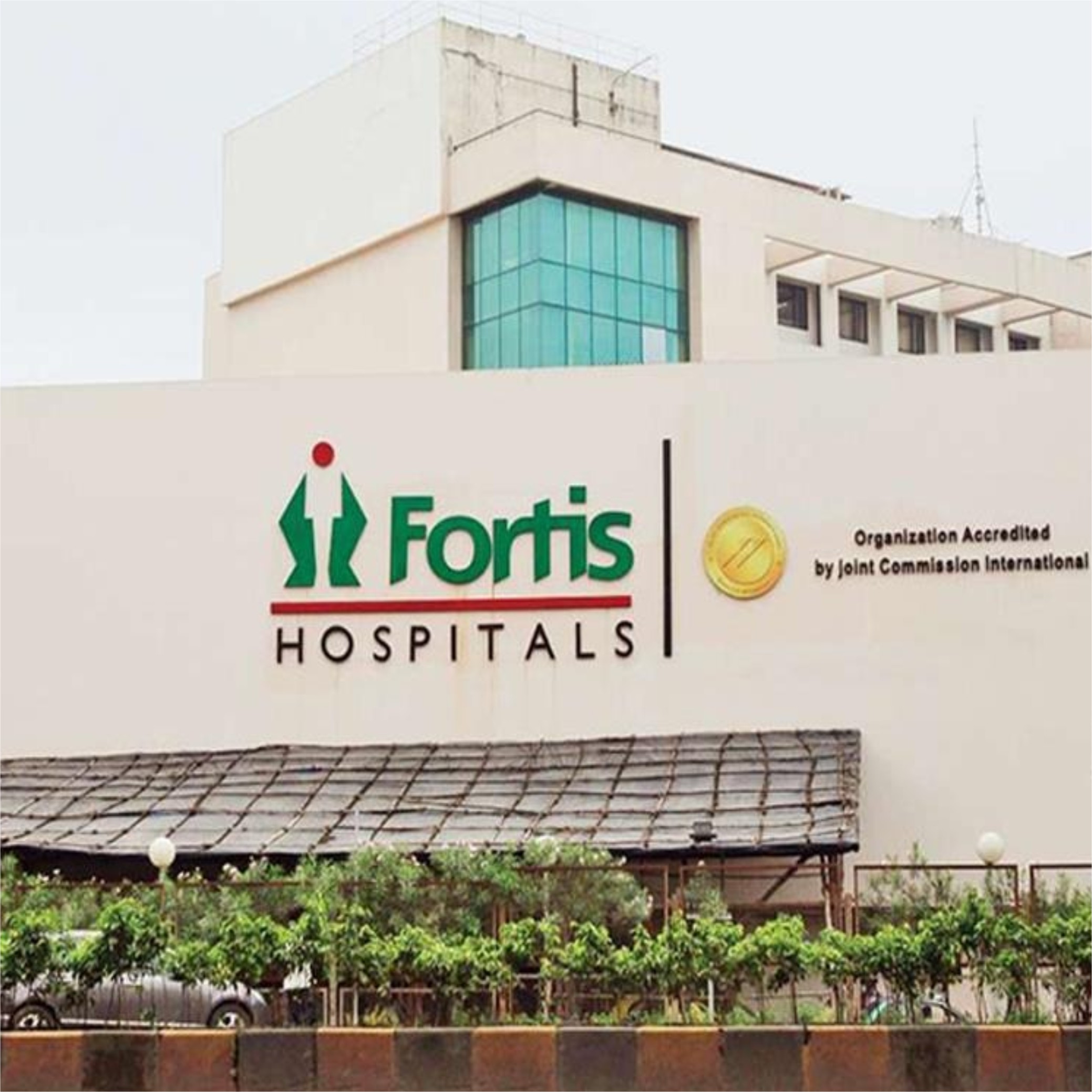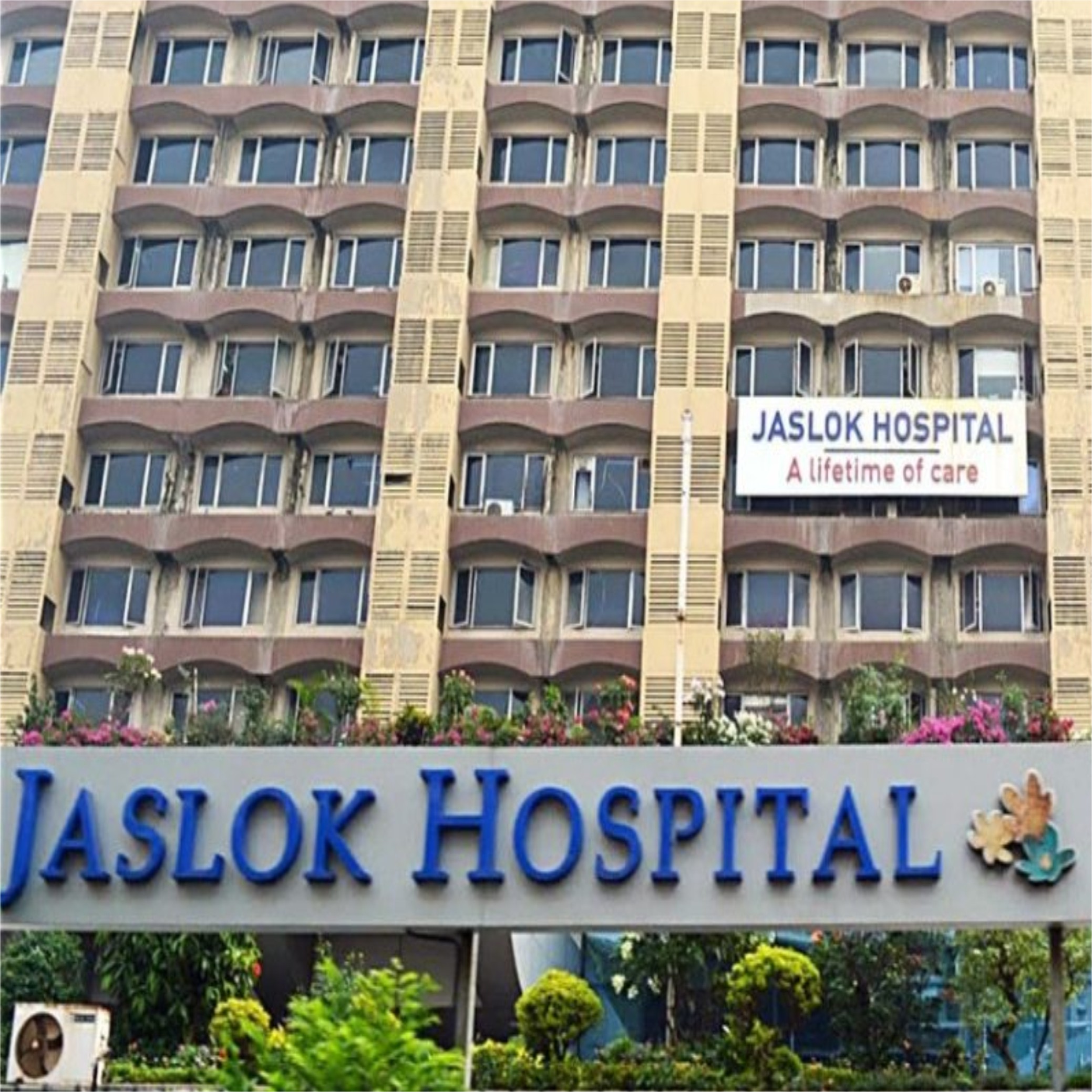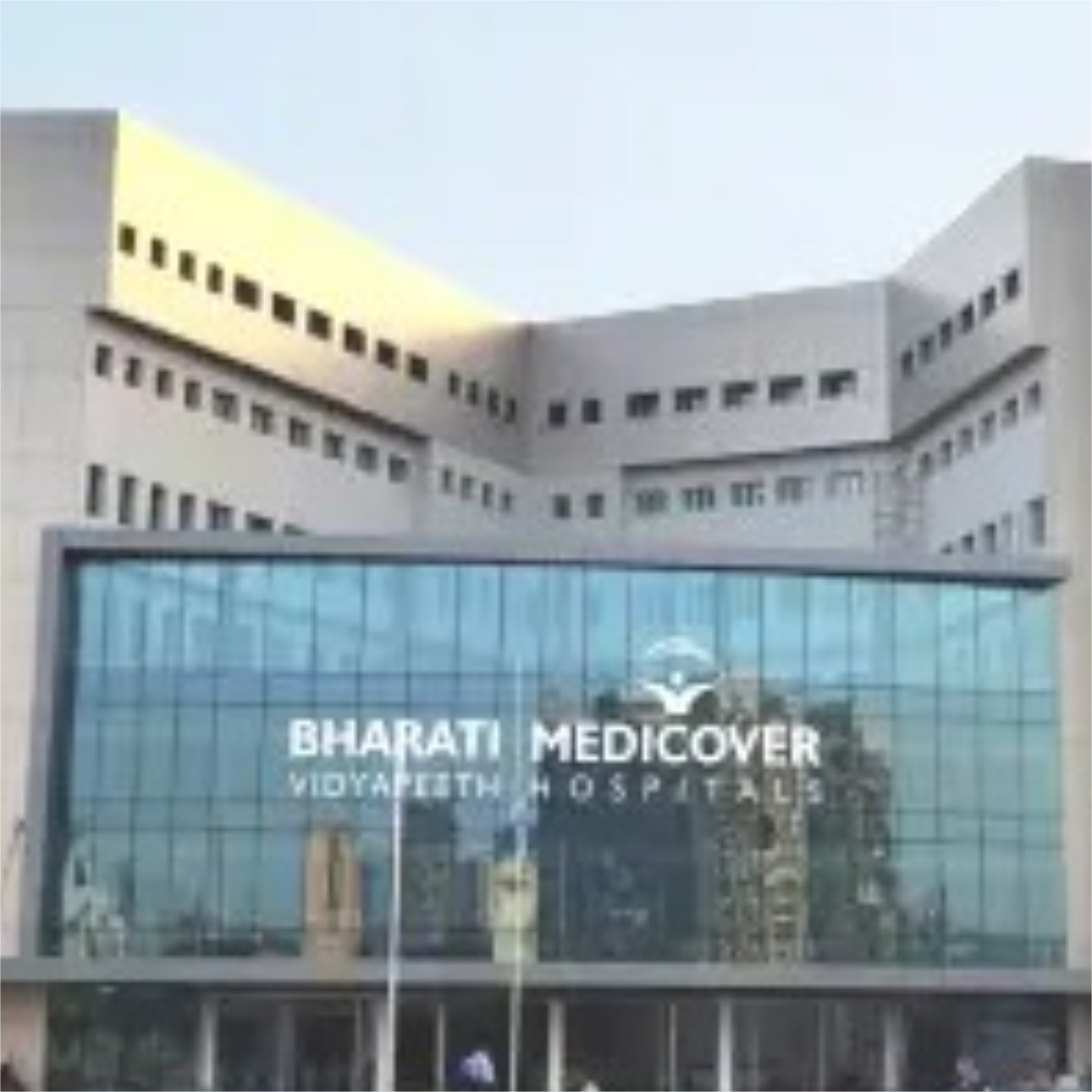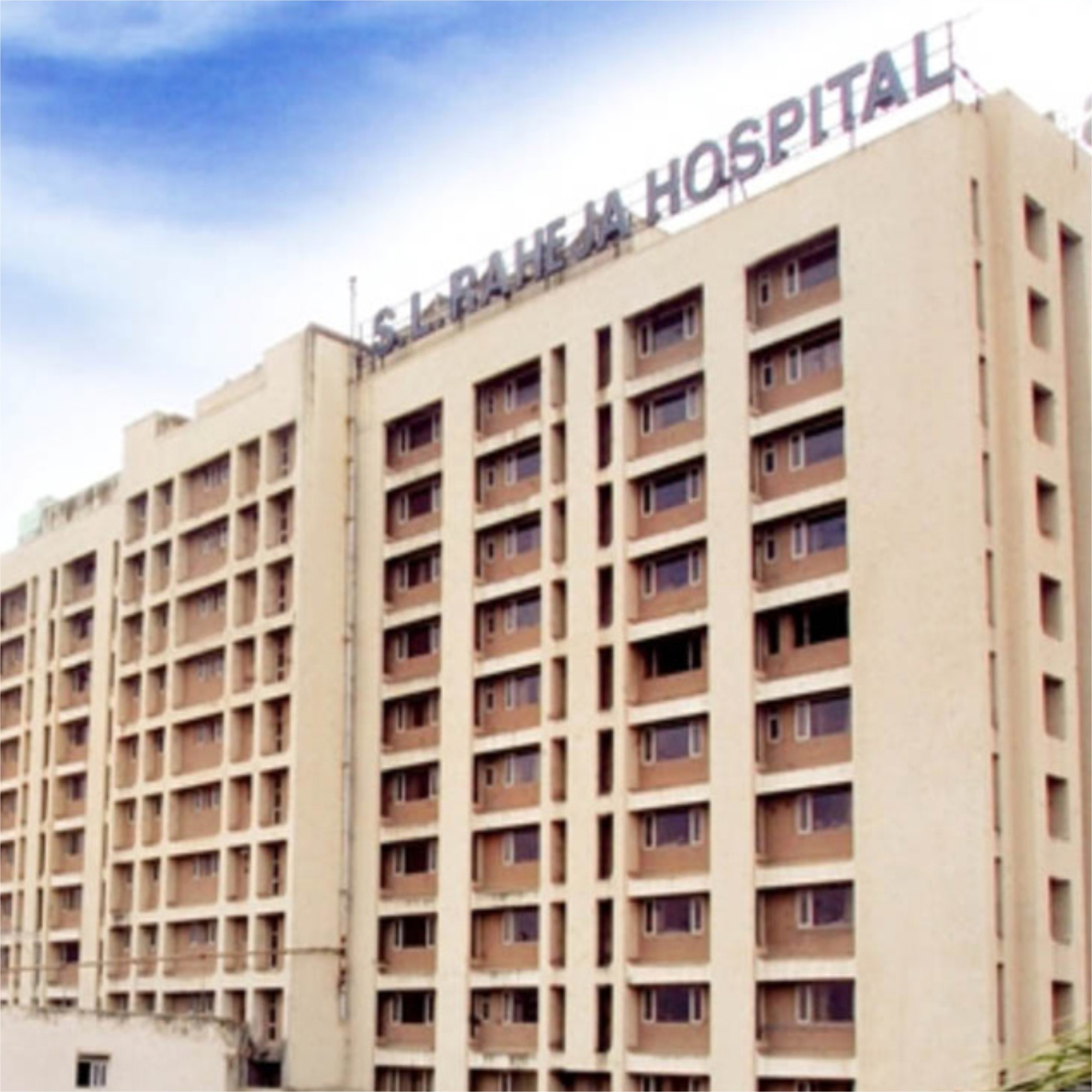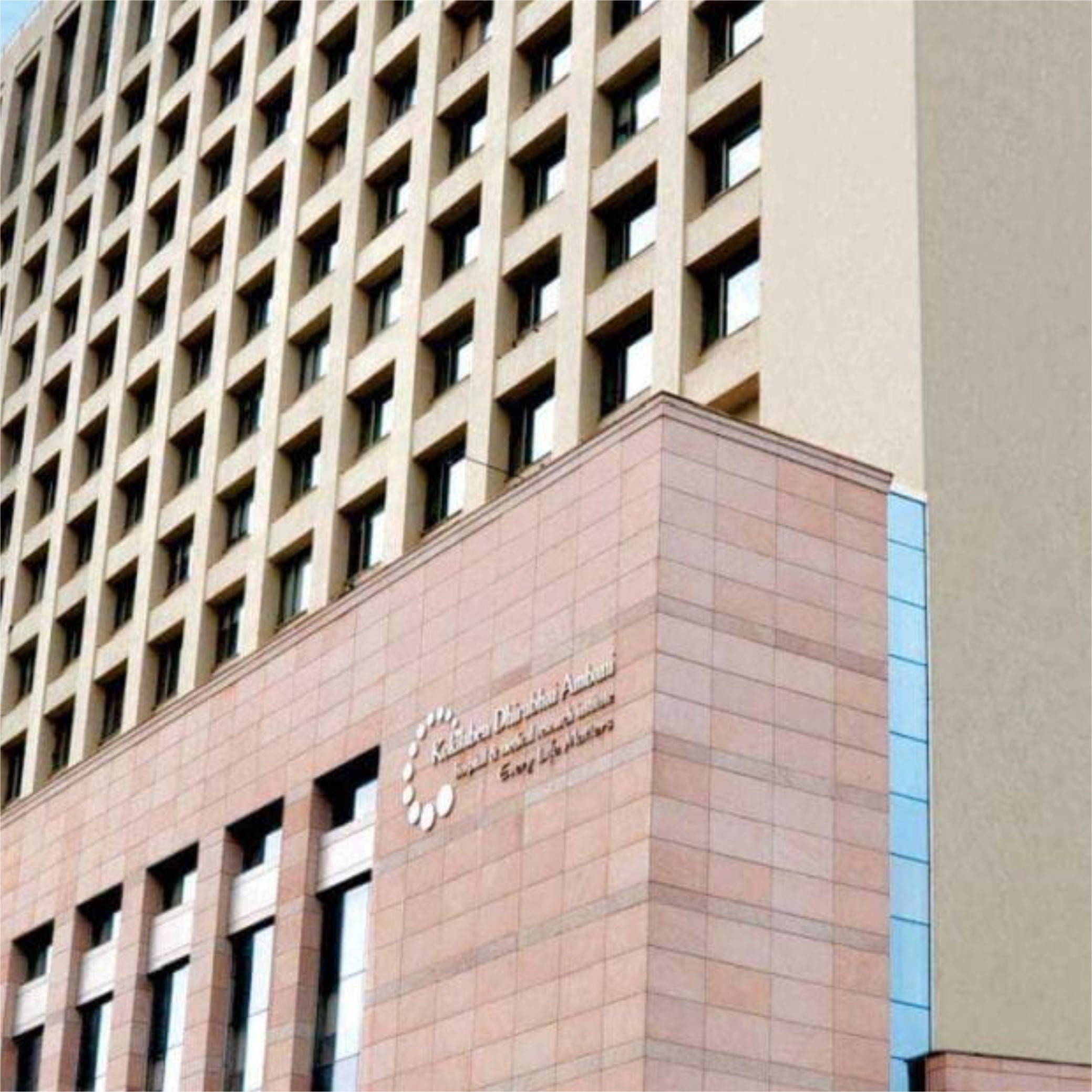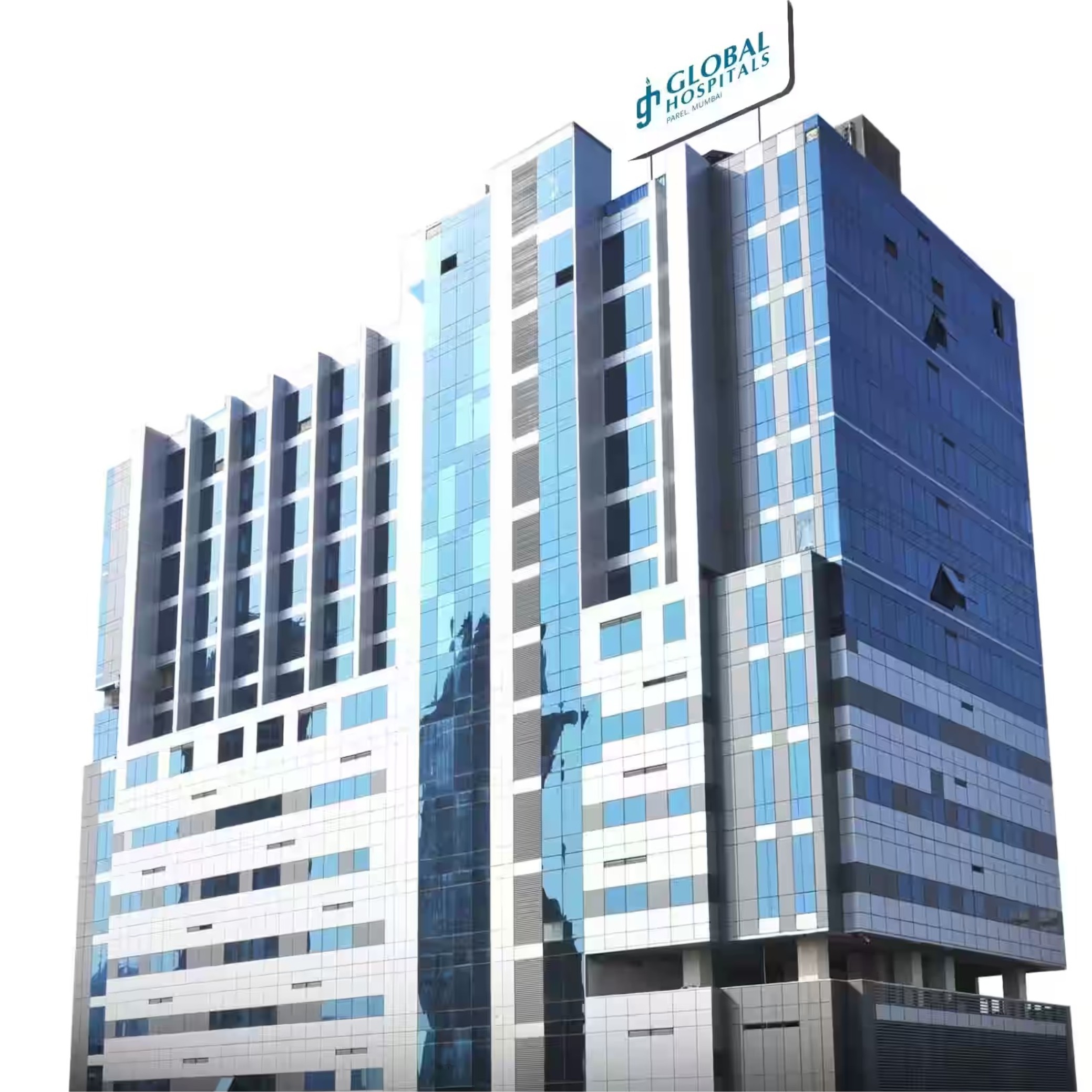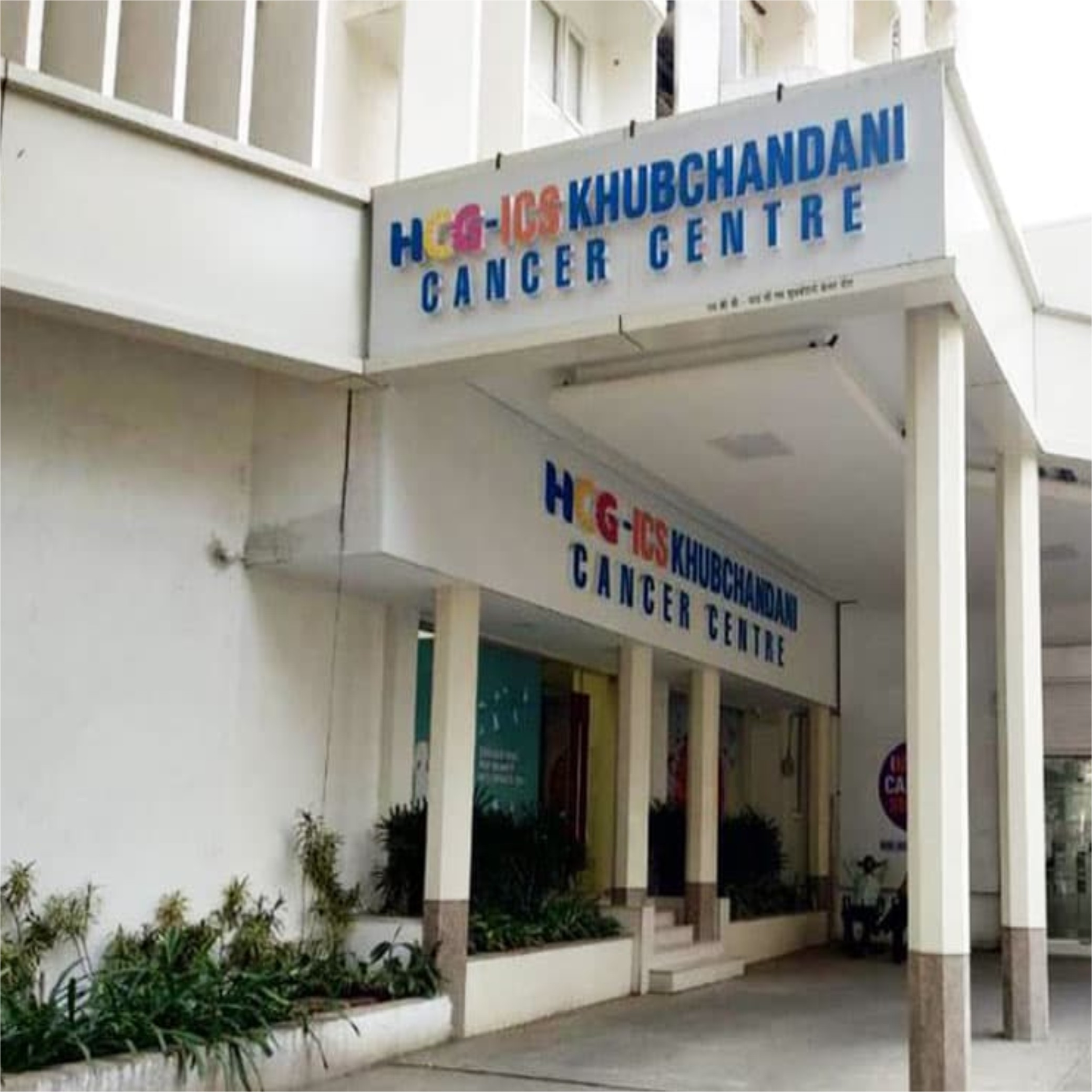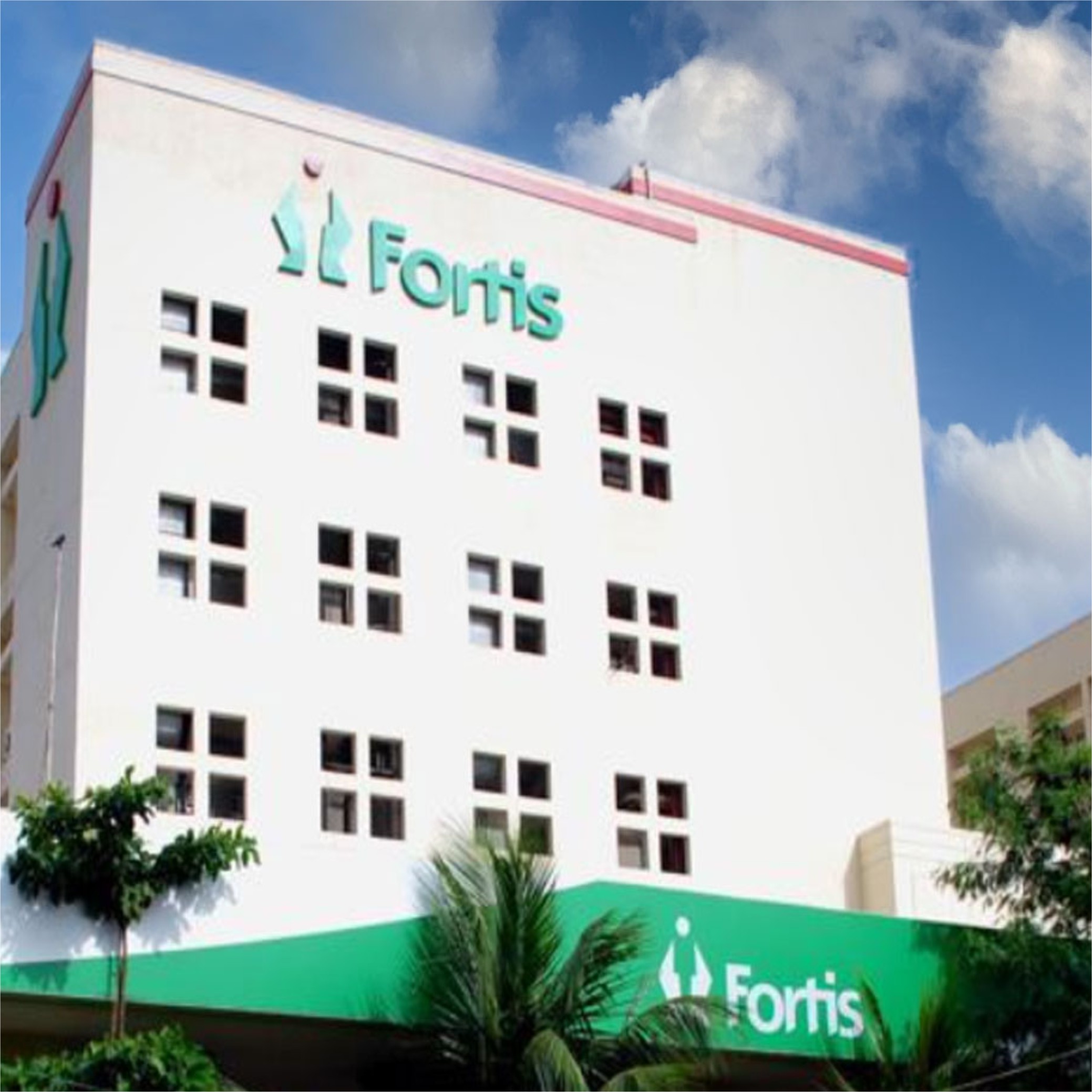Best lung transplant surgery in India with highest success rate
Lung transplant in India has a 22-year history, starting in 1999. The journey includes the development of regulatory bodies at both national and state levels, the growth of transplantation centers across states, and the influence of governmental, non-governmental, and medical professional organizations.
Since 1999, India has evolved into a hub for lung transplantation, providing state-of-the-art facilities and skilled healthcare professionals.
Additionally, the comparatively lower costs make the country an affordable option without compromising on quality.
Let’s learn how India is the best place to undergo a lung transplant and why. But before moving forward here’s a success story.
A few years ago, Vikas might have looked blank if asked what idiopathic pulmonary fibrosis is, but today he and his family are well aware of this debilitating condition which has no cure.
A few years ago, he started experiencing breathlessness. He thought it was age-related, as he never smoked in his life.
Initially, his condition was manageable, but with time exercising became challenging for him. He had to gasp for air even after a simple task. His condition started deteriorating.
Finally, he and his wife visited a pulmonologist. He was then diagnosed with idiopathic pulmonary fibrosis, a condition where the lungs undergo scarring, leading to a progressive difficulty in breathing.
The worst part is that this condition gets worse over time.
His family was shaken up after learning about his condition. His son and daughter-in-law were expecting their first child after 6 months. sadly, the family’s happiness came to an abrupt end.
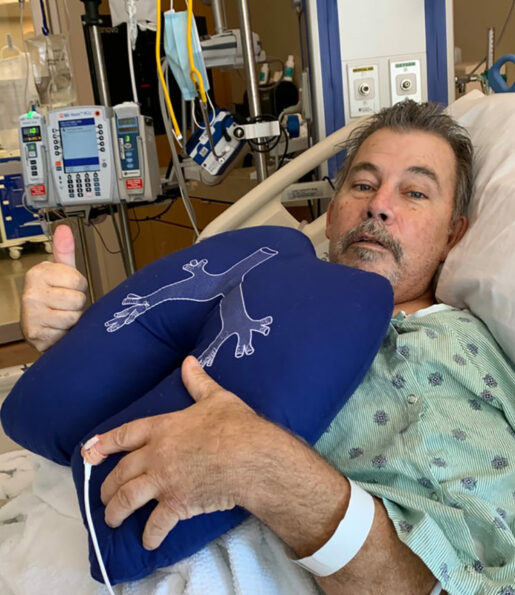
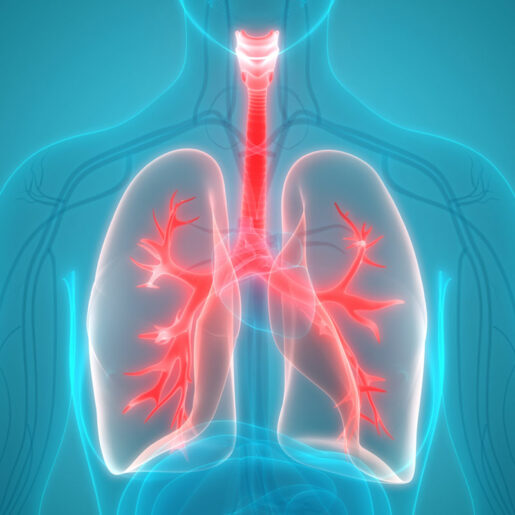
Vikas was immediately put on drug therapy but his body was not reacting to them positively, So he had to discontinue it. He realized he needed to enlist himself for a lung transplant immediately. His family supported this decision.
Thankfully, he contacted a Mumbai hospital and fixed a lung transplant surgery. He went on with his life using oxygen support while waiting for a transplant call.
His wait ended after 6 months, and a set of lungs were available for him. He was transferred to the hospital for a transplant. Vikas was prepared for a surgery. His surgery began after midnight at 1:00 am, while his family patiently waited overnight.
The next morning at 9:00 am, the doctors informed his family about the successful compilation of the surgery. After surgery, Vikas spent several days in the ICU where the team of healthcare providers took great care. Then after 8 weeks, he was released from the hospital.
Vikas is now living a healthy life with his family. Because of a lung transplant, he could finally see his newborn grandson.
Lung transplant has given new life to many people like Vikas.
To help you navigate the difficult terrain of a lung transplant, we have prepared this blog including all the knowledge you need to equip yourself for a successful lung transplant
So, let’s go deep!
Lungs are an important part of the respiratory system. The basic function of your respiratory system is to move fresh air into your body and remove waste air.
Every organ in your body requires oxygen. Whenever we breathe air, it moves to the lungs. After reaching the lungs, oxygen is moved into the bloodstream. Through the bloodstream, it reaches all parts of the body.
Likewise, all waste gases like carbon dioxide move from the body to the bloodstream and reach the lungs. From the lungs, carbon dioxide is moved out during exhalation.
Let’s now learn about the different parts of the lungs:
- The lung is divided into Lobes. Lobes are balloon-like structures filled with sponge-like tissues. The right lung is divided into 3 lobes and the Left lung is divided into 2 lobes.
- The windpipe divides into 2 bronchial tubes, one for each lung. It then divides further for each lobe.
- It then further divides into bronchioles. Bronchioles are the smallest branch of the bronchial tubes.
- Alveoli are located at the end of the bronchioles. Alveoli Are small air sacs where oxygen and carbon dioxide are exchanged in the bloodstream.
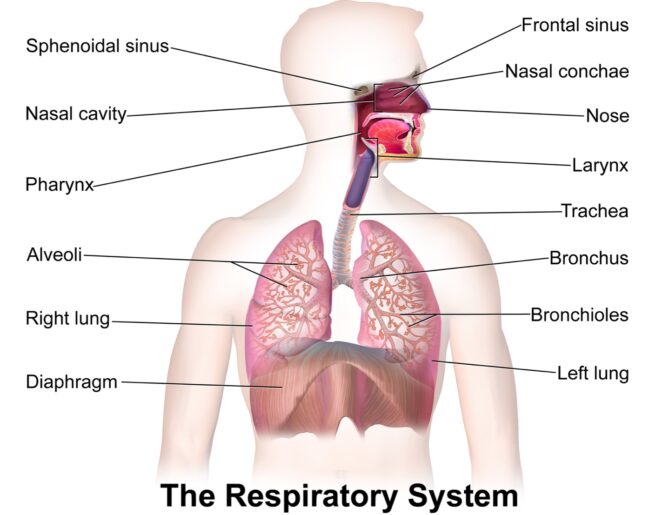
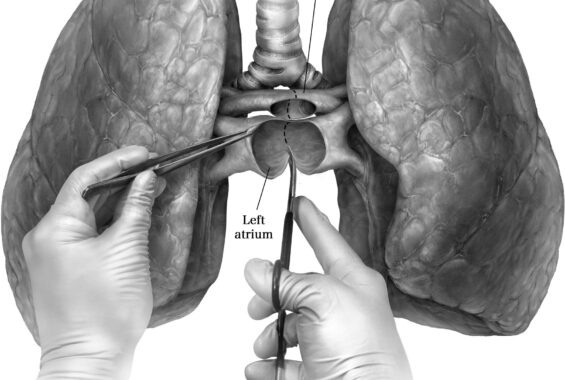
A lung transplant is a procedure to remove a failing lung with the help of surgery and replace it with a healthy lung from the donor. Usually, the lung donors are deceased. A person becomes eligible for a lung transplant if his or her condition is not sufficiently improved after all kinds of treatments and medications.
Even though a lung transplant is a major surgery that involves complications and risks, it gives new life to the patient and improves their health and overall well-being.
This is why you must know everything about the process of a lung transplant. First of all, let’s understand the types of lung transplants.
What are the types of lung transplants?
Various types of lung transplants include single-lung transplants, double-lung transplants, and heart-lung transplants.
Transplant of one lung is called a single lung transplant.
When it becomes necessary to transplant both lungs, then a double lung transplant is performed.
In this type of lung transplant, both lungs are transplanted but it is carried out one at a time.
In this type of transplant, not just lungs, the heart is also transplanted from the same donor. In some cases, the heart is also required to be transplanted along with lungs, in such cases this type of transplant is carried out.
Now we will see why you should undergo a lung transplant.

Not all patients are eligible for lung transplants. A lung transplant is advised in certain situations like
- Your life expectancy is 12 to 24 months without a lung transplant.
- You have serious lung problems that can’t be cured with any medications and treatments
Here are some serious lung problems for which you may require a lung transplant.
1. Chronic Obstructive Pulmonary Disease:
This lung disease makes breathing difficult.
2. Pulmonary hypertension:
In this condition, the blood pressure of arteries in the lungs increases. In the long run, it causes damage to the lungs if left untreated.
3. Cystic Fibrosis:
Cystic Fibrosis is a condition in which glands that make sweat and mucus stop working. In the long run, it becomes fatal because the condition gets worse over time.
4. Heart disease:
Heart diseases that are directly involved with lung function require heart and lung transplants.
Why should you choose India for a Lung transplant?
India has a vast network of hospitals ranging from world-class medical institutions to mid-range hospitals and public hospitals. They provide good medical care at par with international standards.
It gives the patient the option of choosing a hospital in many cities as per their convenience and a surgeon as per their budget.
Indian hospitals are well-known in the world for affordable treatments and high quality. The cost of a lung transplant in India may differ depending on the infrastructure, surgeon, and the city where the hospital is situated.
Indian doctors are well-reputed and respected for their expertise and experience. They are highly qualified and skilled in their field. Many top doctors in India are internationally trained. They are a part of the panel of doctors that represents India at the global level.
The best hospitals in India are located in metropolitan cities and these hospitals are well connected to public transportation and international airports. This saves time and makes smooth connectivity.

After undergoing some tests and meeting the qualifying criteria, you will be enlisted on the waitlist for donor lungs. Waiting time depends on various factors like geographical distance between donor and recipient, blood group, availability of matching lungs, overall health, and severity of lung condition.
When lungs are available, you will be notified and instructed to reach the hospital immediately where you are registered for lung transplant.
Let’s take a look at how the procedure is done.
- First of all, you will receive an IV and general anesthesia. Because of that, you will be in induced sleep.
- Next, the surgical team will insert a tube in your windpipe to help you breathe, another tube will be positioned in your nose to empty your stomach and a catheter will be inserted to keep the bladder empty.
- The doctors may also use a heart-lung machine to pump blood and oxygenate the it during the surgery.
- After all these preparations, the surgeon will make a large incision on your chest. Your old lung will be removed after the incision.
- After removal of your lung, the new lung will be connected to your blood vessels and main airway.
- Then, the incision will be closed after surgeons are satisfied that the new lung has started working properly.
- A single lung transplant can take 4 to 8 hours long surgery while a double lung transplant can take 12 hours long surgery.
- After this process, you will be shifted to ICU for a few days.
- In the ICU your body will be closely monitored for a few days and you may expect to go home after some weeks, depending on the speed of your recovery.
- Then for the next 3 months, the lung transplant team will closely monitor any signs of rejection or infection in the lungs.
- You may be given immunosuppressants to prevent your body from attacking new lungs.
Now we will see the cost of a lung transplant.

What is the cost of a lung transplant in India?
Depending on the condition of the patient, the concerned doctor may suggest undergoing treatment. The cost for the same will have to be additionally added to the above-listed cost, based on the type of transplant one has to opt for.
The cost of a lung transplant may vary as per hospital infrastructure and technology, surgeon, organ transplant charges, length of stay in the hospital, any further health complications, and Post-transplant treatment and medications.
Lung transplant treatment in India may vary between 33,000 USD (2489157 INR) to 48,000 USD (3620592 INR).
The mentioned cost is exclusive of any post-operative complications, overstay charges, inter-disciplinary conditions, or use of any special drugs, consumables, or blood components.
When planning your lung transplant in India, we recommend you to be prepared and aware of every minuscule aspect, so as to avoid any surprises. We, at MedicoExperts, are open and ready to answer any query you may have.
What is the success rate of lung transplant treatment ?
With the advancement in the medical and technology field, the success ratio and life expectancy of patients undergoing lung transplants have increased tremendously in the last decade. The Success Rate of lung transplant treatment is 87%.
This is a result of extremely qualified and highly skilled surgeons and highly equipped, hospitals with strict patient care, cleanliness, and infection control policies.
Lung transplant treatment gives a new life to patients with failing lungs. With advanced technology, the success rate has gone up in the last decade. Connect with us to learn more about cost-effective lung transplant treatment options available in India.
Frequently Asked Questions and Patient Concerns:
Q1. How long can I live with a lung transplant?
Almost 80% of people have lived more than 1 year after lung transplant. 50% of people have lived at least 5 years. And many people have lived at least 10 years. There are also reports of people living 20 years or more after a lung transplant.
Q2. Can I live with one lung?
Yes, people can live with one lung instead of two if needed. Usually, one lung can provide enough oxygen to the body and can remove enough carbon dioxide from the body.
Q3. What is life like after a lung transplant?
It takes almost 3 to 6 months after a lung transplant to recover fully. After 3 months, you should join rehabilitation programs that involve some exercises to build strength and recover fast.
Q4. Can I donate a lung to my dad?
First of all lung transplant is subject to suitability of the lung. If the lung and blood group is matching with your dad then you can donate a lung. But, you can’t donate an entire lung. In living donor cases, the lower lobes of your lungs can be transplanted to the patient.
Best hospitals For Lung Transplant in India
Get treated at state-of-the-art Multi-speciality hospitals in India which are JCI, NABH accredited and have advanced technologies with best-on-ground staff for a comprehensive care.

MedicoExperts is a Global virtual hospital which is established to offer quality healthcare services at affordable pricing without compromising the success rates of the treatment.
MedicoExperts is having a network of highly experienced super specialist doctors and well equipped hospitals across the globe and offering second opinion through online video consultation and surgical interventions through its empanelled super specialist doctors at its network hospitals in 17 countries from 3 continents.
By the virtue of its approach and model, MedicoExperts is successfully achieve to deliver
- Latest and most advanced treatments with success rates of international benchmarks.
- Multiple cost options depending upon the hospital facilities, with the same doctor.
- Treatment option in multiple cities/state/countries.
- Trust and peace of mind.
Most suitable for patients who are looking for:-
- Planned Surgeries and treatment from most experienced doctors and at multiple cost options as per hospital facilities with best possible outcomes.
- Second Opinion from expert doctors.
- Complex cases involving multi specialities
- International patients looking for treatment from Indian doctors
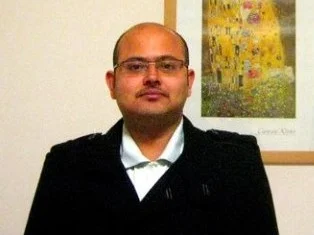
Author Bio:
Dr. Subhamoy Mukherjee – Ph.D. (Oncology)
Dr. Subhamoy Mukherjee is a molecular oncologist with experience of working with genomic profiles. He has several years of experience in scientific writing. He takes strong interest in making people aware of different treatment approches in cancer, acute and chronic diseases. He also has interest in innovative approches for treating different mental and physical illnesses.
Content Medically Reviewed By MedicoExperts Editorial & Clinically Review Board



